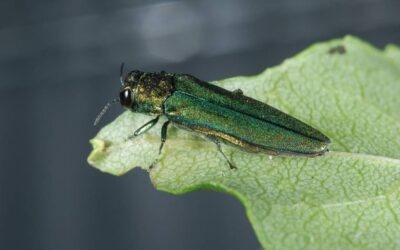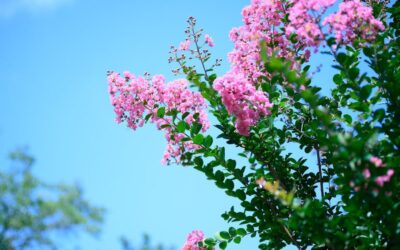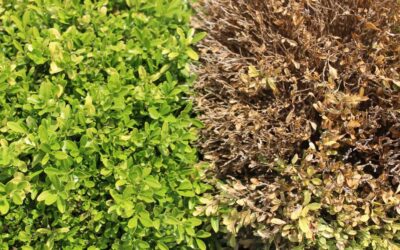Blog Topics
Integrative Pest Management, or IPM, is an important maintenance practice for your trees, shrubs and landscape. Just as you would perform maintenance on your house, car, or appliances to prevent costly repairs, IPM prevents costly tree pest issues.
In this article, we’ll go over the basics of IPM, why you may want to consider a tree health management plan that utilizes IPM for your property this year, some of the common insect pests that we are seeing negatively impact trees in our area, and more.
Keep reading to learn what you can do to prevent costly issues down the road!
What is Integrated Pest Management or IPM?
A common term in the agricultural field, integrated pest management (IPM) “is an effective and environmentally sensitive approach to pest management that relies on a combination of common-sense practices,” according to the EPA.
IPM is not just treatment for pest issues, but rather a method of evaluating the entire property and making preventative or treatment options based on observations by professionals.
At Riverbend Landscapes & Tree Service, as part of our tree health management program, we schedule property visits, keep an eye on new pests to our area, plan preventative sprays and soil enhancements, and control existing health issues for your trees, plants, and landscape.
We do all this while choosing treatments and products that will benefit the entire area without causing harm to beneficial insects, wildlife, or other parts of the local ecosystem.
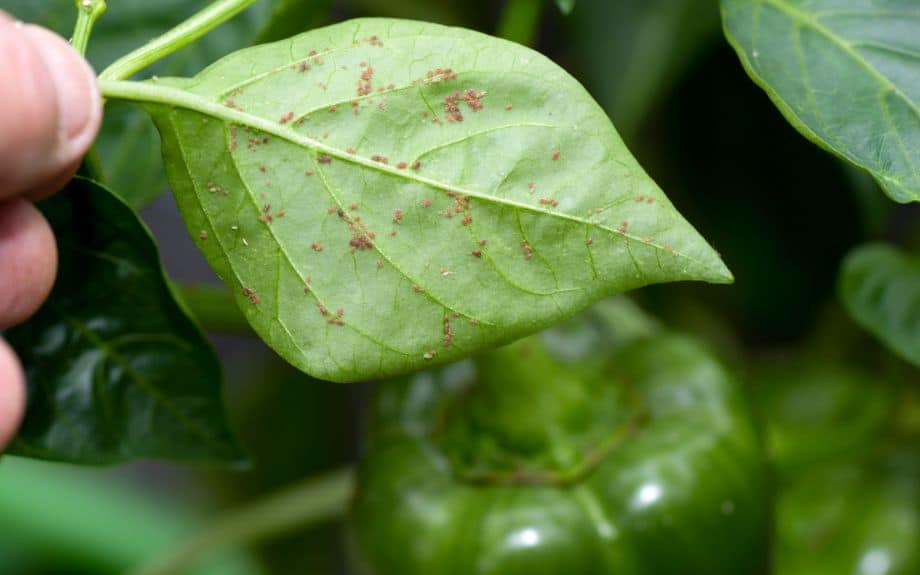
Property Visits
Property visits with Riverbend Landscapes & Tree Service include regular tree inspections by ISA Certified Arborists and/or tree pest management professionals.
The inspection will look over the health of your trees and shrubs, find any potential issues, and monitor any current pest or disease issues.
The property owner will receive a comprehensive overview of the health of the plants and trees as well as recommended services needed to keep them healthy.
Preventative Treatments
Prevention is a main focus of IPM, working to prevent any pests from becoming a threat to the health of your landscape.
Preventing issues to your plants and trees is cost-effective and keeps your landscape healthy, safe, and beautiful.
Preventive services may include:
- Spraying trees with a high-pressure sprayer to apply preventive treatments
- Injecting some treatments into the soil or tree
- Increasing soil aeration
- Decreasing compaction around a tree’s roots
- Other treatments as needed
Ongoing Healthy Practices
Parts of the preventive services are landscape maintenance programs that keep your plants and trees healthy and well-maintained. Healthy trees and plants are less susceptible to attacks by tree pests.
Preventive services can include:
- Fertilization
- Soil improvement
- Root system rejuvenation
- And more!
Properly planting trees and plants, adding organic mulch, and ensuring your plants and trees receive the correct amount of water can also improve the health of your landscape.
Treatments When Needed
There are many pests and diseases that affect trees in our area. We offer treatments for those issues, including:
- aphids
- apple scab
- cicadas
- fireblight
- ambrosia beetles
- scale insects
- anthracnose
- boxwood blight
- leaf-eating caterpillars
- spider mites
- and many more!
Read about 5 destructive insects pests that attack trees in Northern Virginia
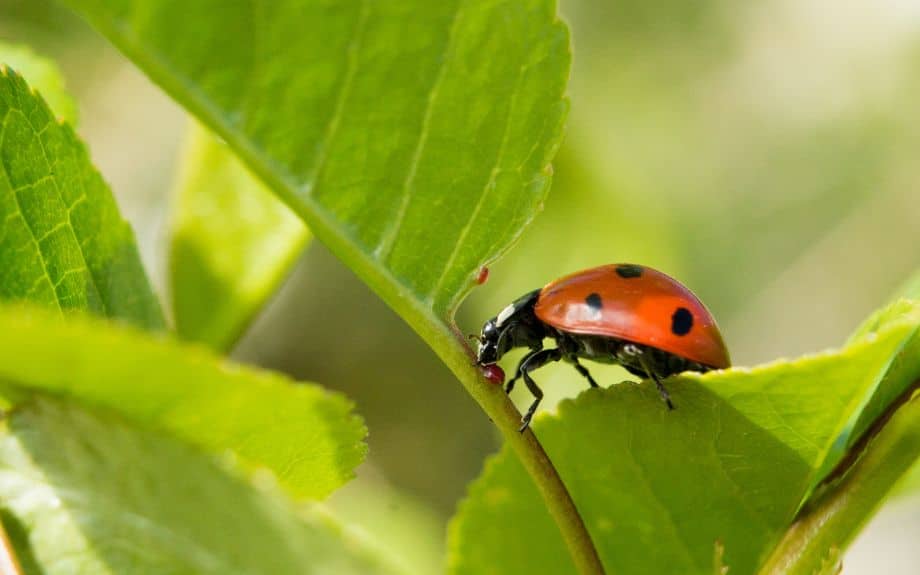
What’s the difference between IPM and other pest control methods?
Integrated pest management practices are both broad (they take into account the health of the entire property and ecosystem) and specific (a specific pest or disease is targeted).
They also are more preventative. While many pest control practices can only be implemented once a pest is already damaging a tree or plant, a tree health management program that utilizes IPM will head off issues before they begin and will work to keep your trees and plants healthy. IPM focuses on preventing a problem before it becomes a costly issue.
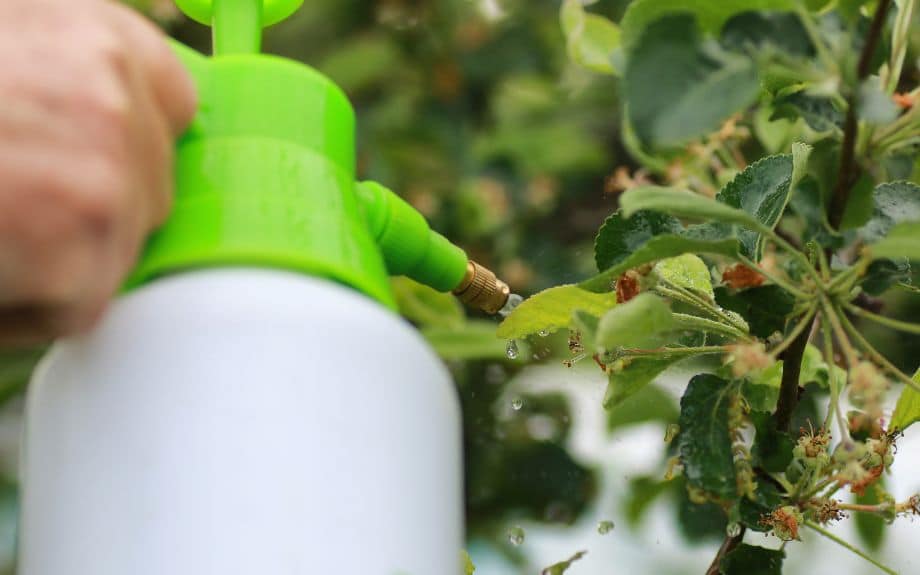
Why Can’t I Just Spray a Pesticide?
Pesticides, in general, impact many more living things than the one or two pests you want to eliminate. You may spray a pesticide to get rid of aphids, but that same pesticide could harm bees (important pollinators!) as well as insects that rely on aphids for a food source.
Sometimes, the insect pest will be hidden inside of plant tissue or too far up in a tree’s canopy to be reached. The pesticide does not help in ridding of the pest but can still negatively impact other forms of nearby wildlife.
Pesticides can also soak through the soil and pollute water supplies. Ick!
Rather than try to implement a one-size-fits-all approach to the issues on your property, IPM recognizes that each plant and tree suffers from different ailments and infestations.
IPM also looks at a broader range of treatment or preventative options, including but not limited to:
- Ensuring trees and shrubs are receiving the correct amount of moisture
- Performing soil tests to determine if nutrients are needed for optimal plant health
- Encouraging beneficial insects that are natural predators of many common garden pests
Sometimes a targeted pesticide will be necessary, but Riverbend Landscapes & Tree Service uses organic or low-impact pesticides to minimize any potential harm to beneficial insects or other wildlife.
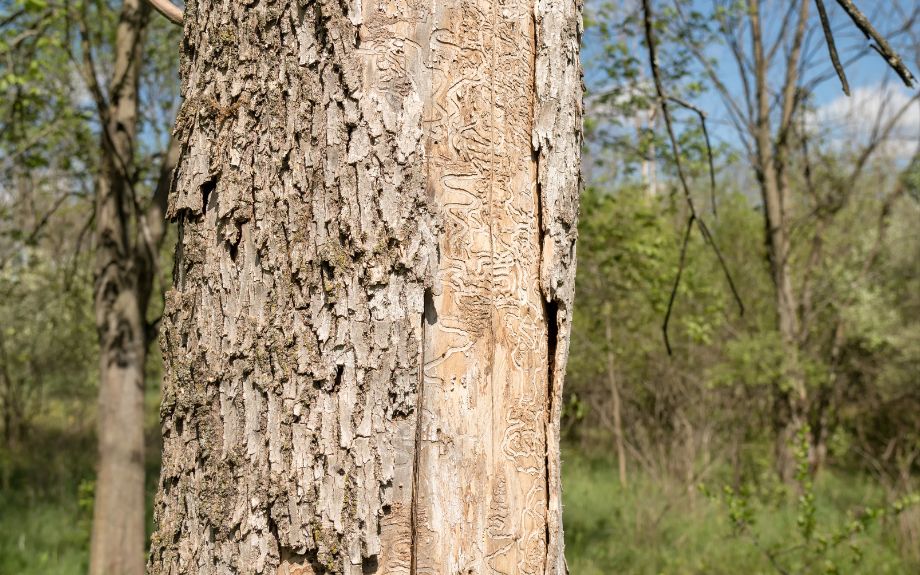
What Happens if I Don’t Prevent Tree Pest Issues?
If not prevented or treated, tree pest issues will become harder to control and can hurt or kill your plants and trees.
A Preventable Tree Death
Let’s look at the impact of emerald ash borers (EAB) as an example. In areas where emerald ash borers attacked ash trees, the ash trees were either preventatively treated and survived or succumbed to the pest and became brittle, dangerous trees that needed to be specially removed using a costly process.
The surviving ash trees will need to be treated every few years to continue to ward of an attack by the EAB, but the property owners on which the trees stand still have mature, stately, healthy trees that provide shade, wildlife shelter, and more.
For most pests and diseases, the trees or shrubs can only be successfully treated if done so before the pest or disease attacks. In other words, only preventative treatments are successful.
Contact Riverbend to learn more about preventative treatments
A Pest That’s Hard to Control
A few diseases and pests can be controlled with various treatments, but the issue may never completely resolve.
Spider mites, for example, can be controlled so that they don’t harm all of the plants on your property, but you may never be able to completely remove them. 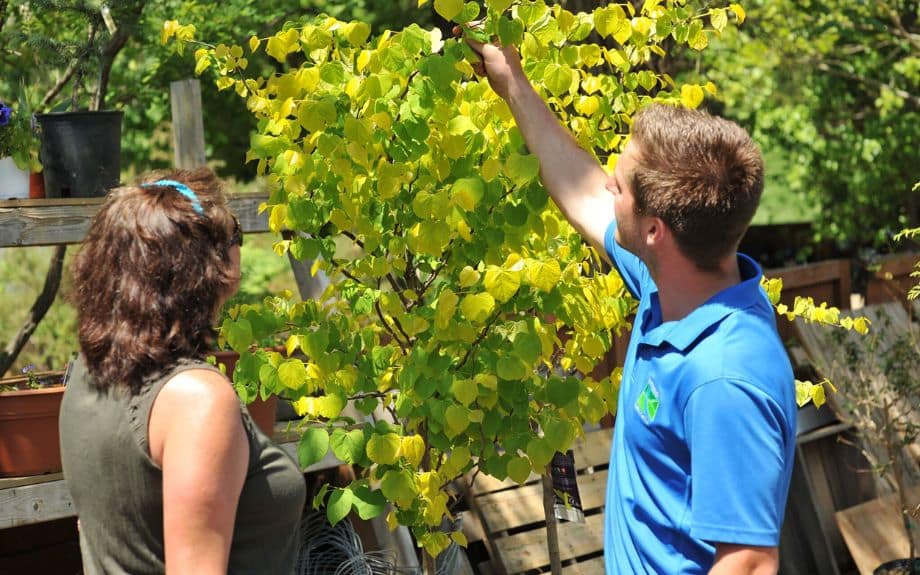
Want a healthy, beautiful landscape? Contact Riverbend Landscapes & Tree Service
Riverbend Landscapes & Tree Services uses IPM practices as part of our tree health management program.
As more tree pests and diseases reach Northern Virginia, it is more important than ever to prevent these tree issues on your property. By doing so in a way that keeps the entire health of your property (and the surrounding areas) in mind, you are keeping your section of the world healthy and beautiful.
Contact Riverbend today to schedule your appointment with one of our professional arborists.
Give Us a Call at 703-402-9366
If you'd like help with your trees or landscape, have any questions, or would like to schedule an appointment with one of our Certified Arborists, please give us a call. We'd love to hear from you!

